Setelah tanya-jawab dalam pemeriksaan, buatlah rencana bersama pasien, yang mencakup:
- Memantau pendengaran
- Membuat rujukan
- Berikan alat bantu dengar
- Menjelaskan cara menggunakan alat bantu dengar dengan aman kepada pasien
- Membuat janji temu selanjutnya.
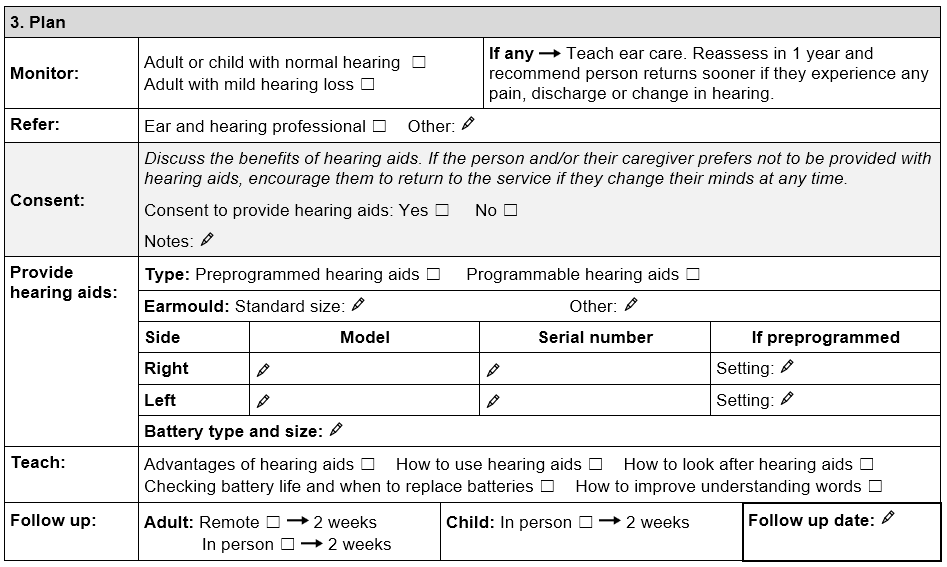
Instruksi
Anda dapat belajar lebih lanjut tentang pengepasan alat bantu dengar, penjelasan, dan tindak lanjut pada bagian-bagian selanjutnya dalam modul ini.
Memantau pendengaran
Anda perlu memantau:
- Orang dewasa dengan pendengaran normal hingga yang mengalami penurunan pendengaran ringan
- Anak-anak dengan pendengaran normal.
Jelaskan cara merawat telinga kepada pasien, seperti:
- Tidak memasukkan benda apa pun ke dalam telinga
- Tidak berenang di air kotor
- Menggunakan penyumbat telinga di tempat yang bising.
Rencanakan tindak lanjut dalam waktu satu tahun untuk uji pendengaran ulang. Dorong pasien untuk kembali lebih cepat jika pasien mengalami nyeri telinga, emisi, atau perubahan pendengaran.
Instruksi
Read more about ear care and tips for healthy ears.
Perkenalkan, ini Pedro
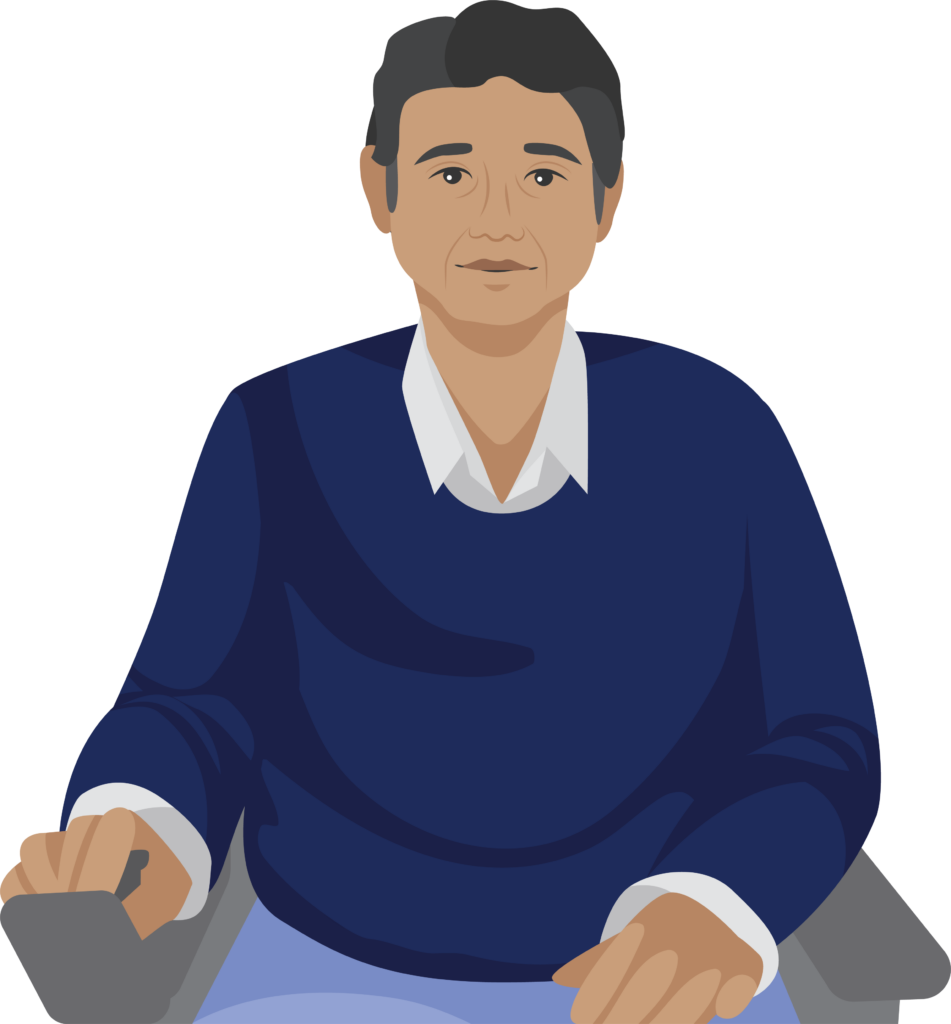
Pedro berusia 45 tahun dan bekerja di sebuah kantor pemerintah. Dia menggunakan kursi roda elektrik.
Pedro merasa tidak dapat mendengar dengan baik saat menelepon.
Ia berkunjung ke klinik. Tenaga kesehatan melakukan skrining kesehatan telinga. Ketika melihat ke dalam telinga Pedro dengan otoskop, tenaga kesehatan melihat bahwa telinga Pedro tersumbat oleh kotoran telinga.
Setelah kotoran telinga diangkat, tenaga kesehatan menjalankan uji pendengaran. Pendengaran Pedro normal.
Tenaga kesehatan menjelaskan kepada Pedro bahwa Pedro perlu kembali dalam satu tahun ke depan untuk memantau pendengarannya atau membuat janji temu lebih awal jika mengalami perubahan pada pendengarannya.
Merujuk
Sebagian orang membutuhkan pemeriksaan yang lebih spesialis oleh tenaga profesional telinga dan pendengaran.
Jangan berikan alat bantu dengar untuk:
- Orang dewasa dengan penurunan pendengaran parah
- Anak-anak dengan penurunan pendengaran berat atau parah
- Orang dengan selisih ambang pendengaran telinga kanan dan kiri lebih dari 15 dB.
Jika mereka setuju, rujuk mereka ke tenaga profesional telinga dan pendengaran.
Jika Anda tidak yakin dengan hasil uji pendengaran, diskusikan dengan pendamping layanan Anda dan rujuk pasien ke tenaga profesional telinga dan pendengaran.
Kiat
Orang dengan jenis-jenis penurunan pendengaran parah tertentu dapat terbantu dengan alat bantu dengar, sedangkan orang-orang lain mungkin tidak membutuhkan alat bantu dengar. Tindak lanjut penting dilakukan untuk memastikan kebutuhan orang tersebut akan alat bantu dengar. Rujuk orang tersebut ke tenaga profesional telinga dan pendengaran jika diperlukan.
Persetujuan
Sebagian orang membutuhkan alat bantu dengar. Namun, mereka mungkin perlu waktu untuk menentukan apakah mereka mau menggunakan alat bantu dengar.
Jelaskan potensi manfaat alat bantu dengar dan berikan kesempatan untuk mencoba alat bantu dengar sebelum mereka memutuskan.
Jika pasien tersebut memilih untuk tidak diberi alat bantu dengar, dorong mereka untuk kembali jika sewaktu-waktu berubah pikiran.
Catat apakah orang tersebut memberikan persetujuan untuk diberi alat bantu dengar.
Menyediakan alat bantu dengar
Pertama, pilih jenis alat bantu dengar:
- Alat bantu dengar terprogram untuk orang dewasa atau
- Alat bantu dengar dapat diatur untuk anak-anak.
Instruksi
Alat bantu dengar dapat diatur cocok untuk orang dewasa. PTB menganjurkan agar orang dewasa yang membutuhkan alat bantu dengar dapat diatur dirujuk ke tenaga profesional telinga dan pendengaran.
Cetakan telinga
Catat ukuran cetakan telinga standar yang sesuai dan nyaman di telinga pasien.
Cetakan telinga tidak boleh:
- Terlalu longgar karena akan menyebabkan feedback
- Terlalu ketat karena dapat terasa sakit.
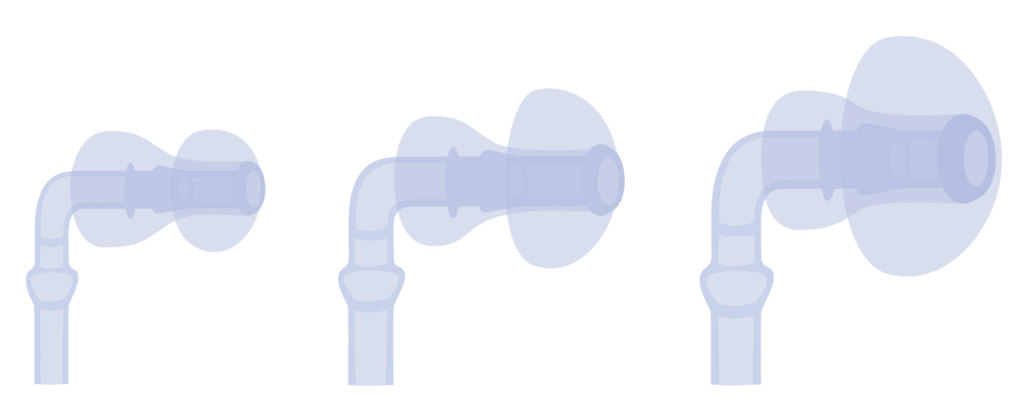
Alat bantu dengar
Catat informasi tentang alat bantu dengar kanan dan kiri. Cantumkan model alat bantu dengar dan nomor serinya. Informasi ini penting jika alat bantu dengar perlu diperbaiki.
Untuk alat bantu dengar terprogram, rekam pengaturan yang dipilih. Informasi ini penting jika pengguna tidak sengaja mengubah pengaturan.
Kiat
Cari nomor seri alat bantu dengar pada kemasan dan panduan pengguna.
Nomor seri dapat juga dilihat pada badan alat bantu dengar atau di tempat baterai.
Baterai
Baterai alat bantu dengar perlu diganti berkala.
Tuliskan jenis dan ukuran baterai alat bantu dengar. Jenis dan ukuran baterai memiliki label warnanya sendiri-sendiri.

Menjelaskan cara penggunaan
Agar pengguna mendapatkan manfaat optimal dari alat bantu dengar, jelaskan:
- Manfaat alat bantu dengar
- Cara menggunakan dan merawat alat bantu dengar
- Cara memeriksa masa pakai baterai dan kapan baterai perlu diganti
- Cara membuat kata-kata terdengar lebih jelas.
Instruksi
Pelajari lebih lanjut cara menggunakan alat bantu dengar di Pelajaran empat.
Tindak lanjut
Orang membutuhkan waktu untuk menyesuaikan diri dalam menggunakan alat bantu dengar. Kiat-kiat mengatasi masalah sederhana terkait dapat membantu pengguna.
Pengguna perlu dipantau lagi dalam waktu dua minggu.
Instruksi
Pelajari lebih mendalam tindak lanjut dan pemecahan masalah alat bantu dengar di Pelajaran lima.
Instruksi
Sekarang Anda dapat mencoba membuat rencana.
Pertanyaan
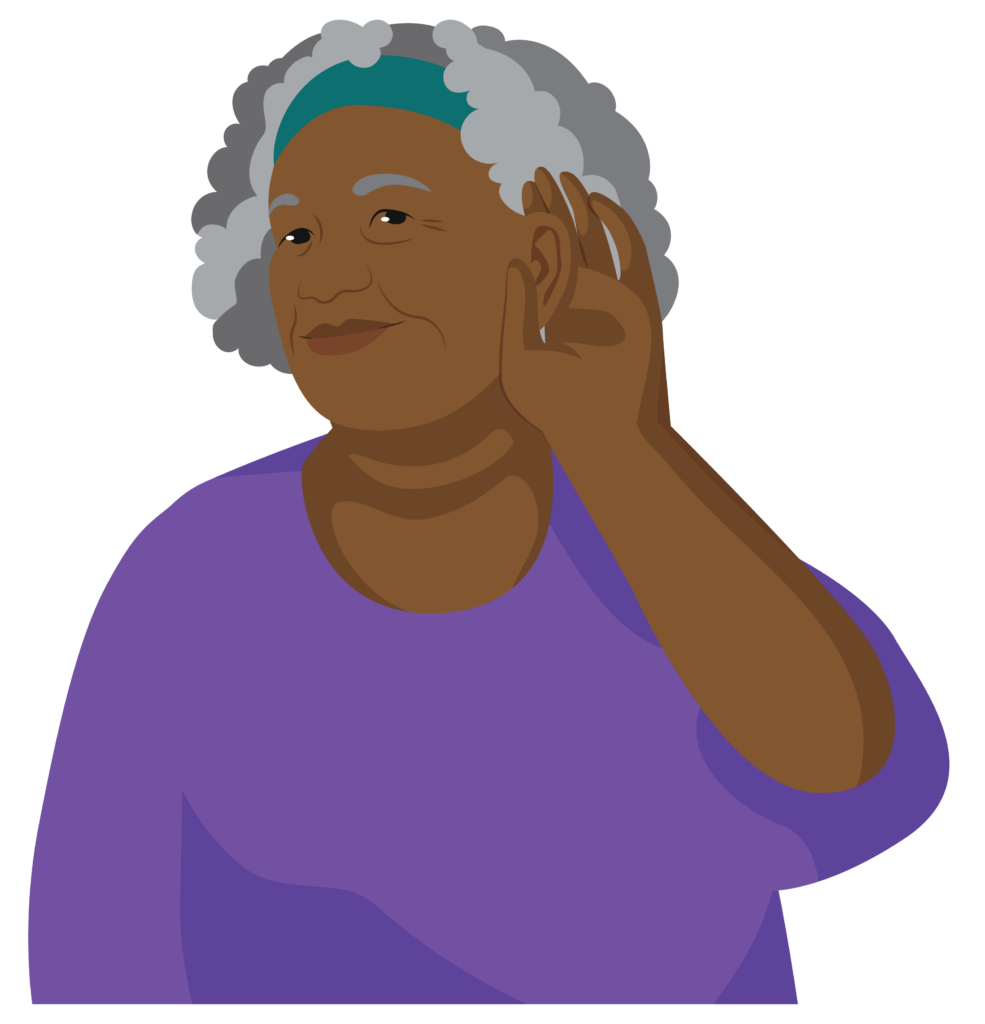
Masih ingat Malicka?
Malicka berusia 70 tahun dan merupakan seorang nenek. Dia menjalani uji pendengaran. Hasil tes penurunan pendengaran untuk telinga kanan dan kirinya menunjukkan penurunan pendengaran cukup berat.
1. Jenis alat bantu dengar apa yang akan Anda pilihkan untuk Malicka?
Pilih satu jawaban.
Jawaban yang tepat adalah alat bantu program terprogram.
Malicka adalah orang dewasa. Tawarkan dulu alat bantu dengar terprogram untuk kedua telinganya.
Cetakan telinga yang besar sangat pas di telinga Malicka. Anda mencatat detail untuk kedua alat bantu dengar di dalam formulir:
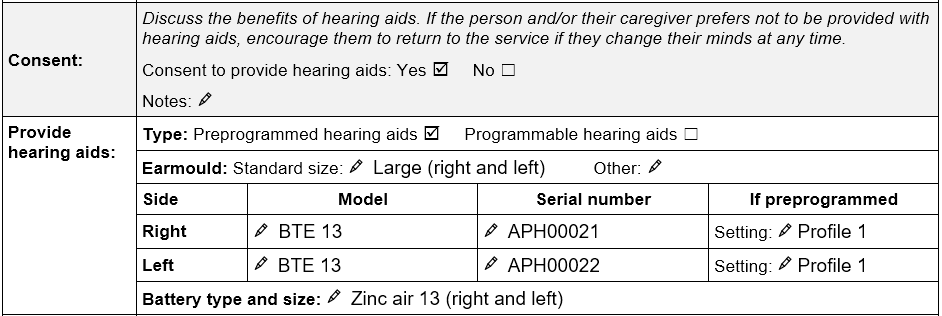
2. Apakah Anda menganjurkan agar Malicka dipantau lagi dalam waktu satu tahun ke depan?
Pilih satu jawaban.
Jawaban yang benar adalah "Tidak".
Malicka mengalami penurunan pendengaran cukup berat dan membutuhkan alat bantu dengar. Ia harus melakukan dipantau secara rutin lebih sering dari sekali setiap tahun.
3. Apa saja yang perlu Anda jelaskan kepada Malicka?
Pilih semua jawaban yang tepat.
Semua jawaban benar.
Malicka baru pertama kali menggunakan alat bantu dengar. Ia perlu mengetahui cara menggunakan alat bantu dengar dengan tepat serta cara merawat telinga dan pendengarannya. Malicka perlu memahami mengetahui cara menggunakan dan merawat alat bantu dengar serta kapan perlu mengganti baterainya.
Malicka memerlukan anjuran-anjuran untuk meningkatkan kejelasan bunyi kata-kata saat berkomunikasi dengan teman dan keluarganya.